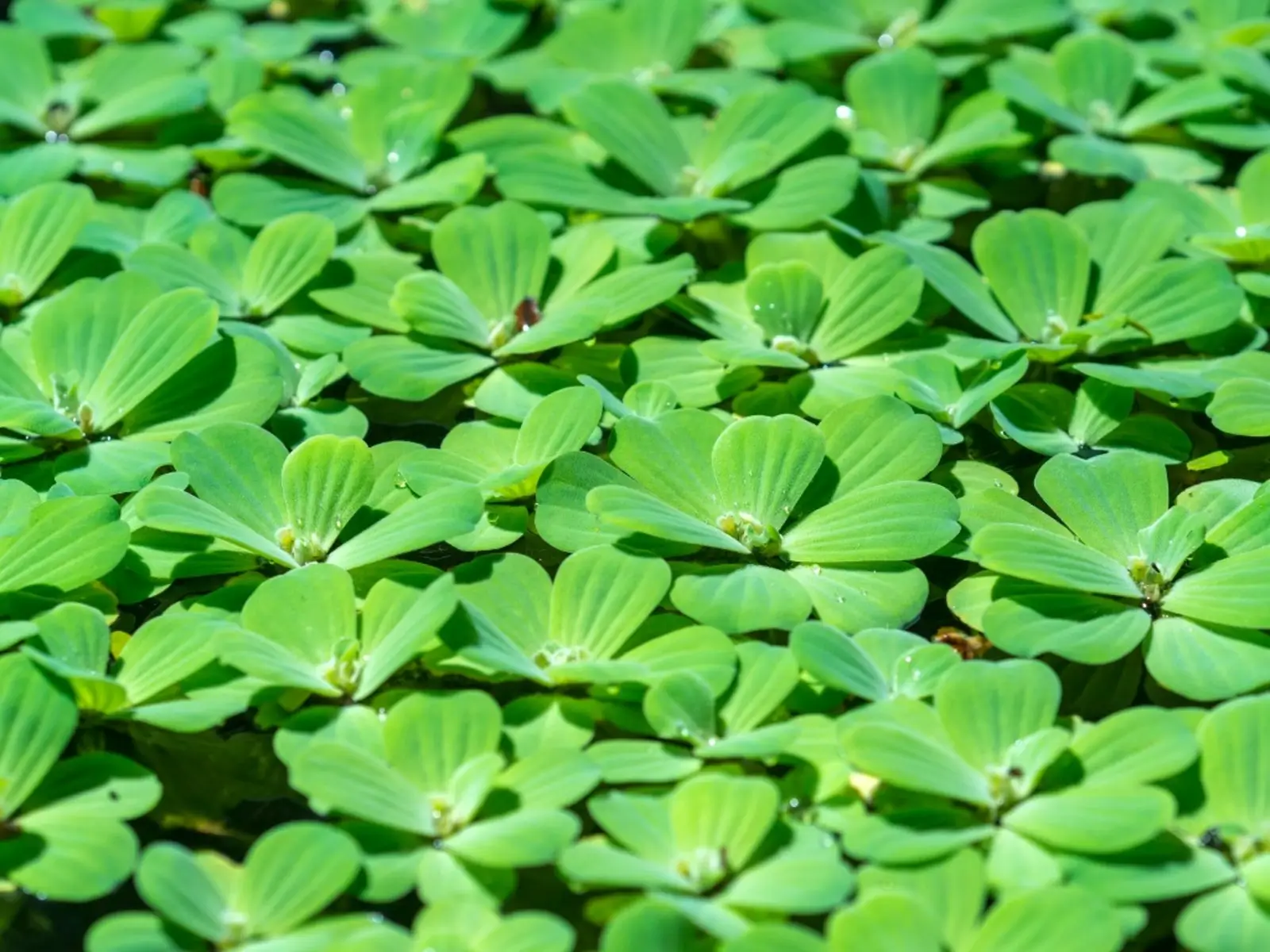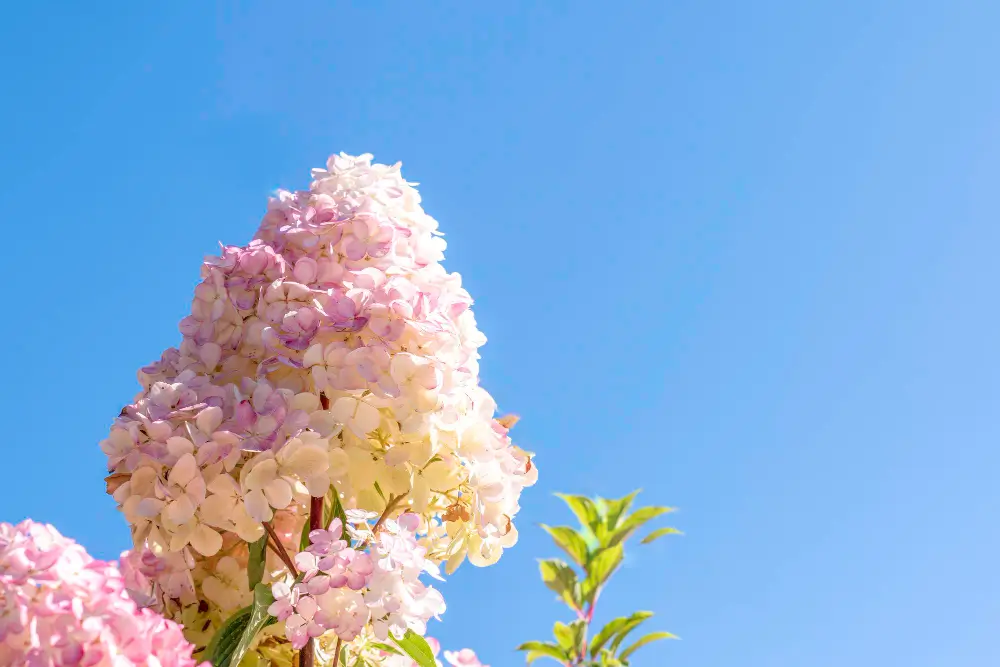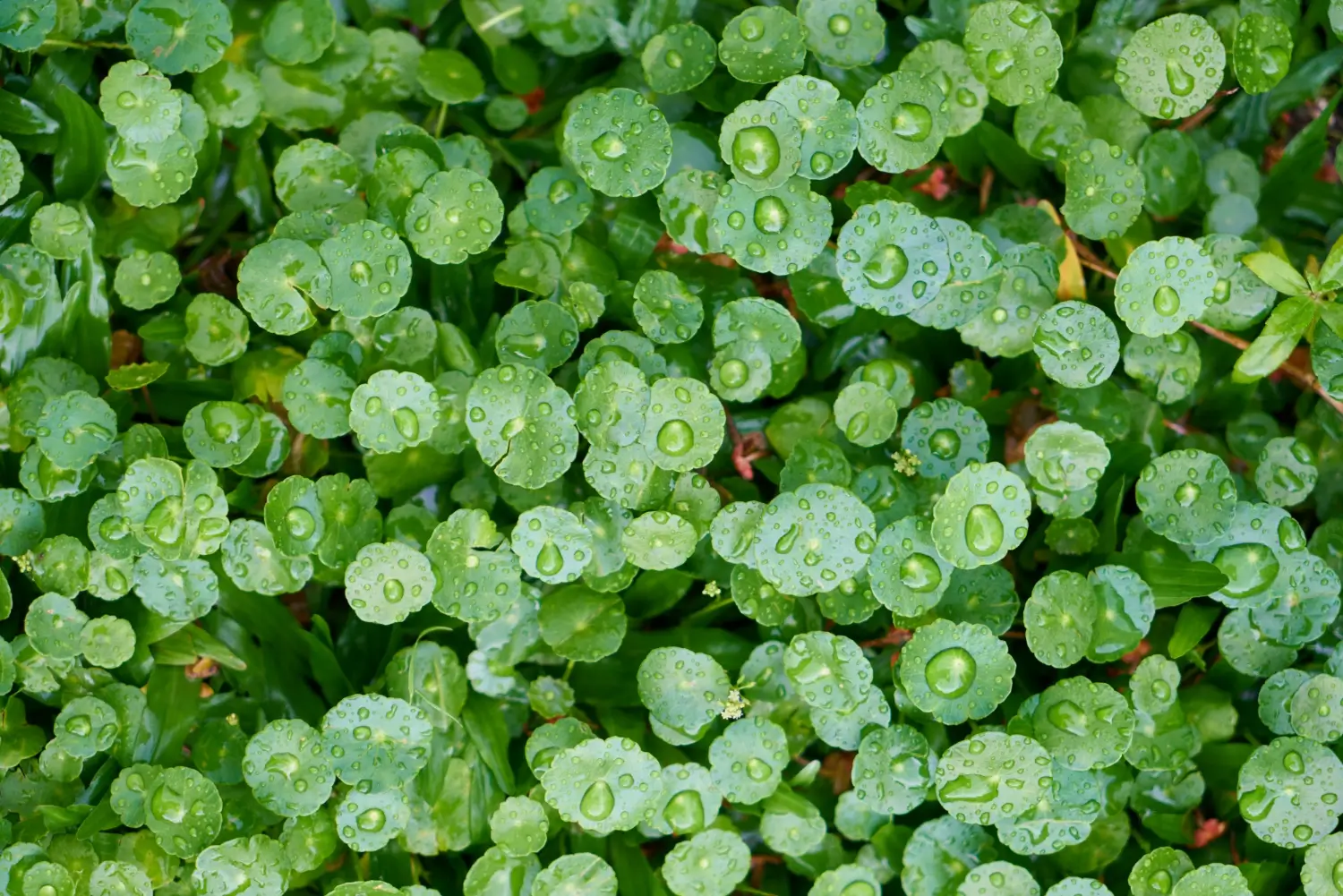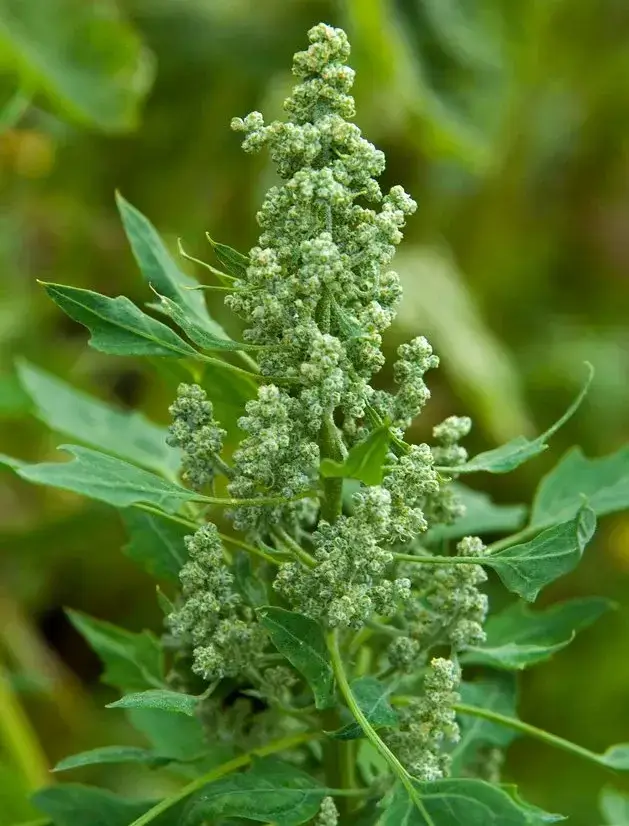
Soil Health & Fertilization
We unite suppliers and green industry professionals worldwide
Have you ever seen such a unique flower that looks like a small, elegant slipper? Lady Slipper Orchids got their name for their unusual pouch-like blooms that look like a small slipper.
By Victor Miller
|Published on June 17, 2025


Have you ever seen such a unique flower that looks like a small, elegant slipper? Lady Slipper Orchids (Cypripedium, Paphiopedilum, and Phragmipedium species) got their name for their unusual pouch-like blooms that look like a small slipper. This rare beauty is one of the most desired orchids by collectors and backyard gardeners alike.
Lady Slippers, unlike many orchids that cling to trees, grow on the ground, making them more adaptable to garden beds, pots and woodland settings. They thrive in cool, shaded environments and reward patient growers with long-lasting, intricate flowers that come in shades of pink, white, yellow, and even deep purple.
Although they are often mentioned as difficult to grow, with some basic care—constant moisture, cool temperatures and well-draining soil - Lady Slipper Orchids will thrive and come back season after season, adding their rare and exotic charm to your space.
| Common Name | Lady Slipper Orchid |
| Scientific Name | Cypripedium, Paphiopedilum, Phragmipedium (varies by species) |
| Type | Perennial Orchid |
| Height | 6 to 24 inches, depending on species |
| Spread | 6-12 inches |
| Sun Requirements | Partial shade to full shade |
| Soil Requirements | Humus-rich, slightly acid, well-draining |
| Growth Rate | Slow to moderate |
| Hardiness Zones | 3-10 (depending on the species) |
| Toxicity | Non-toxic, mild skin irritant |

September 25, 2025
9 minute read
September 24, 2025
9 minute read
September 23, 2025
10 minute read
September 22, 2025
9 minute read


Join as a seller and connect with thousands of B2B buyers nationwide!
Sign Up

Water Lettuce
A Floating Beauty With a Leafy Name and Lush History

Quick Fire Hydrangea
Quick Fire Hydrangea is an early blooming, fiery-toned shrub that brings drama and color to the garden long before most hydrangeas even think about flowering. It comes into bloom as early as late spring, and sets landscapes aglow with frothy white flowers

Watercress
A pepper green that’s as spicy as it is fresh

Quinoa
Though a typical grain, quinoa is actually the seed of a flowering plant, and its nutritional profile surpasses those of many real cereals with its high protein, fiber and mineral content.
Lady Slipper Orchids need constant water, cool heat, and indirect light. Because they are terrestrial orchids, they require rich, organic soil, not standard orchid bark.
These orchids grow in dappled forest shade in nature, so they benefit from indirect or filtered light. Keep them out of direct sunlight, which can burn their tender foliage. Indoors, put them in a room that gets gentle morning light, near an east or north-facing window.
Lady Slippers require humus-rich, well-draining soil. A blend of orchid potting soil, fine bark, perlite and sphagnum moss does well. For garden planting, amend the soil with leaf mulch or pine needles to maintain slight acidity and moisture retention.
These orchids prefer consistent moisture but dislike soggy roots. Water enough to keep soil uniformly moist but not soggy. Use rainwater or distilled water to prevent the buildup of excessive salts that can burn the roots. Water less in its winter dormancy.
Lady Slipper Orchids have low pruning requirements; however, deadheading will encourage new growth.
Once it blooms, cut the flower stalk back to its base when it turns brown. You should not trim healthy leaves, since they will provide energy for the following season. Occasional removal of dead or yellowing leaves will keep the plant healthy.
Because these orchids grow from rhizomes, do not disturb the roots unnecessarily; they are delicate and recover slowly.
Lady Slipper Orchids are best propagated by division, since they rarely produce viable seeds.
Remove the plant from its pot or garden bed and gently divide the rhizomes, making sure that each division has at least one healthy growth shoot. Replant the divisions immediately in fresh orchid soil, maintaining moist and shade to start a new growth.
If you're looking to propagate, spring is best before any new growth starts. Patience is key when you are waiting for new growth, since Lady Slippers are slow growers
These orchids are very well suited to container gardening, so they can be grown indoors or in shaded patios.
Some Lady Slipper species, such as Cypripedium, are hardy perennials that survive harsh winters; others, like Paphiopedilum, require warm indoor conditions.
For tough outdoor types, leave them in the ground and cover with a blanket of mulch in late fall to insulate the roots. Avoid overwatering in winter, as dormant orchids require less moisture.
For indoor species, place them in a cool but frost-free place with proper humidity. Water less but don’t dry out roots entirely. If you’re keeping it inside, position the plant away from direct heat, which can dry it out.
Lady Slipper Orchids are sensitive plants that may develop issues if their conditions aren’t ideal.
Lady Slipper Orchids are truly one-of-a-kind, with their delicate, slipper-shaped blooms making them a showpiece in any collection. When given the proper conditions, however, they are beautiful and their flowers last long, making any extra effort worthwhile. This group of orchids can delight patient growers with showy flowers that come back year after year, whether they’re grown in a shady garden bed, a decorative pot, or a woodland setting.
Lady Slipper blooms are long-lasting; with attention, blooms will stay open for 6 to 8 weeks.
Yes, they do like some moderate to high humidity (50-70%). Indoor growers can use humidifiers or pebble trays to keep moisture in the air.
They require specific conditions but aren’t impossible to grow. Cool temperatures, consistent moisture, and indirect light are key.
That’s very hard, because they need symbiotic fungi in order to emerge. The best way to propagate is by division.
Some wild species are rare and protected, so always buy from reputable growers rather than collecting from the wild.

Soil Health & Fertilization
Victor Miller

Pest Identification & Prevention
Victor Miller

Lawn Care Tips & Maintenance
Victor Miller

Soil Health & Fertilization
Victor Miller

Smart Irrigation Systems
Victor Miller

Patios, Walkways & Driveways
Victor Miller

Soil Health & Fertilization
Victor Miller

Pest Identification & Prevention
Victor Miller
My Account
Our team is always here to help.
We are open Monday - Friday, 9:00 AM to 4:30 PM PST.